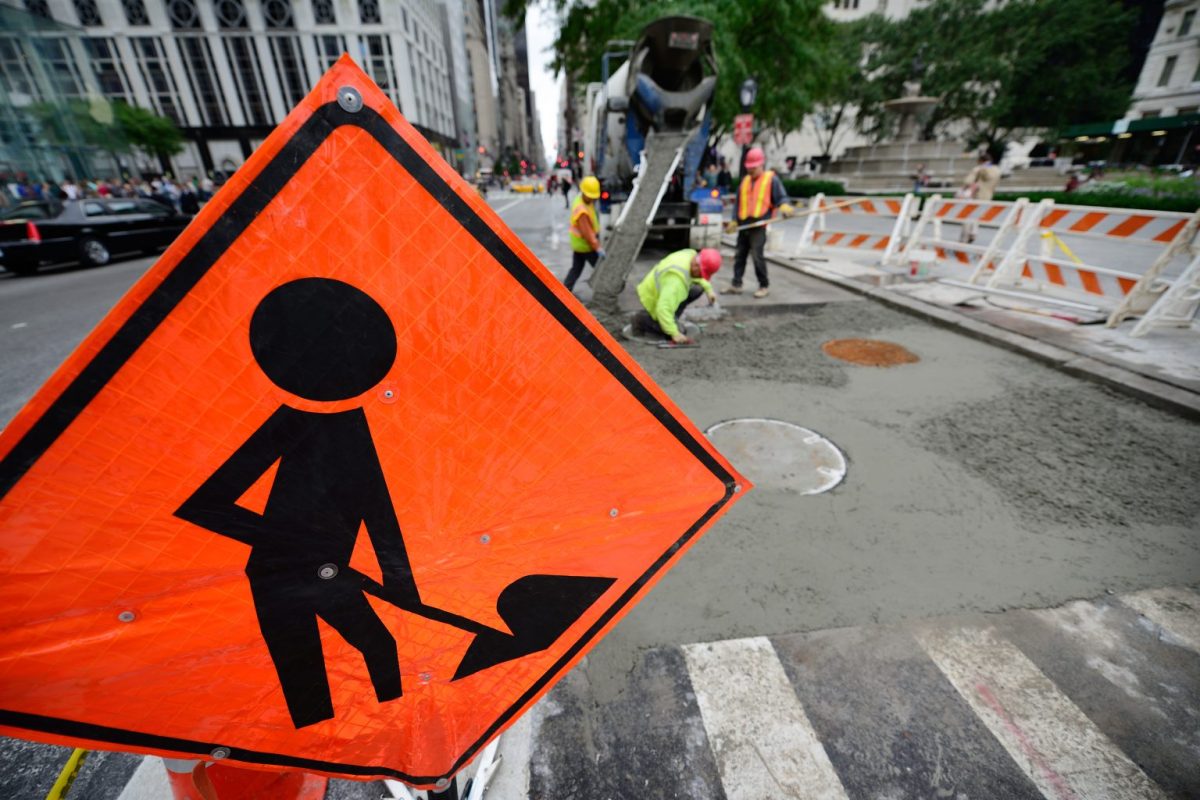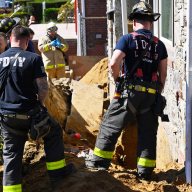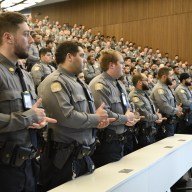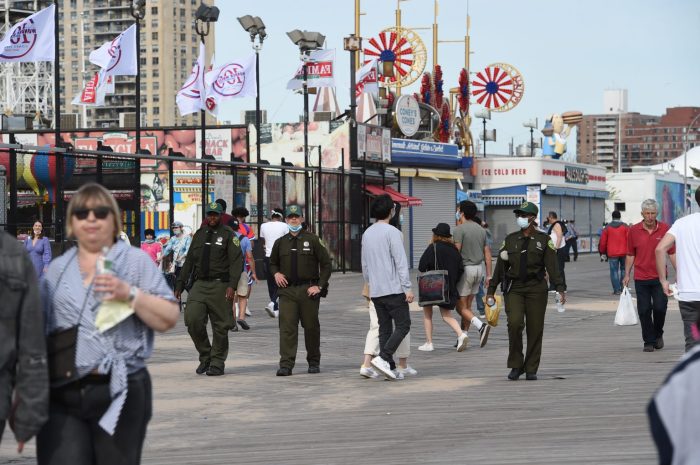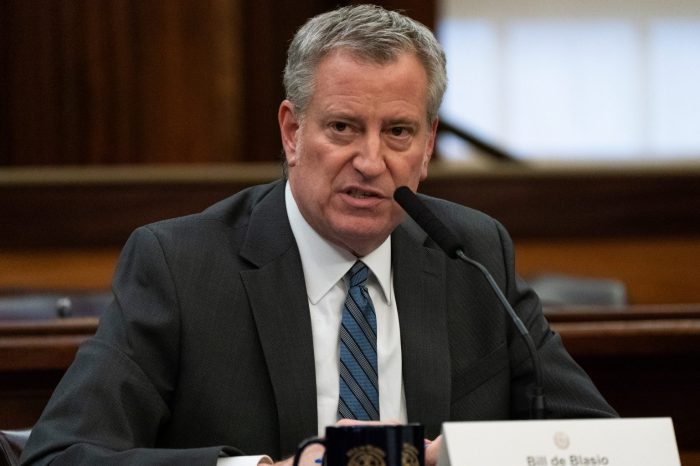The financial crunch that hit New York City during the COVID-19 pandemic caused Mayor Bill de Blasio to freeze various capital projects such as school boiler replacements, road reconstruction and affordable housing.
But City Comptroller Scott Stringer believes this move will seriously backfire on New York City in the years ahead — putting the city at risk of suffering the same kind of infrastructural harm experienced in the shadows of cutbacks during the 1970s fiscal crisis.
Construction work stopped, at the order of Governor Andrew Cuomo, after the pandemic took hold of New York in March. But rates of infection and death from coronavirus are now steadily dropping, and de Blasio said Thursday the city is on track for a June reopening. Construction would be one of the first sectors of the non-essential economy that would be cleared to resume.
In a May 21 letter to de Blasio, Stringer pressed the mayor to lift the capital project freeze, arguing that the city has more than enough cash in the coffers to shore up its infrastructure as needed. Kicking the can down the road, the comptroller suggested, would only cause more trouble in the future — and wind up costing the city more to repair it.
“In this time of severe fiscal strain, this action may seem like a reasonable step to save money,” Stringer wrote. “But I am writing today to stress that stopping the capital program has other consequences that I believe outweigh the modest short-term savings that might be achieved.”
Stringer, the city’s financial watchdog, pointed out that the city remains flush with cash even amid the current budget crunch. The city’s Central Treasury has $5 billion on hand as of May 18, and earlier this month, the Transitional Finance Authority sold more than $1 billion in new bonds.
“[T]here is little justification for stopping the capital program on the basis of the current cash position,” he wrote to de Blasio. “From a budgetary perspective, there’s no need for such a radical slowdown in capital spending.”
The freeze’s consequences, Stringer argued, would do more harm than good to New York City. He pointed out that it took New York “two decades [to recover] from the lack of investment of the 1970s.
The 1970s fiscal crisis nearly bankrupted New York. While financial aid from the federal and state governments helped avoid complete financial failure, that came with austerity measures that delayed improvement projects and trimmed public services.
Restarting priority capital projects now, Stringer argued, not only avoids a repeat of that troubling past, but can also put a bit of a spark into the failing economy.
“Construction creates jobs,” the comptroller wrote. “Every $100 million in construction spending creates 484 direct construction jobs — and 181 others, including suppliers, and induced jobs from the additioanl spending those direct and supplier jobs support.”
Resuming public construction would also be a boon to the many minority- and women-owned businesses across New York City suffering mightily during the financial crisis, he added.
“During the Great Depression, robust investments in capital projects helped revive the economy, and create much-needed jobs,” Stringer wrote. “As our city faces the steepest economic downturn in modern times, a prudent restart of the capital program would help jumpstart today’s economy.”
Any restart of construction, he noted, should require strict adherence to “proper social distancing and personal protective equipment” guidelines to keep workers safe during the COVID-19 pandemic.
The de Blasio administration, however, maintains that New York City is facing massive revenue shortfalls and does not want to increase financing cost at the present time.
“To fight our way out of this crisis and save as many lives as possible, the city has had to focus on addressing the immediate health, safety, and shelter needs of New Yorkers,” said Laura Feyer, deputy press secretary of the mayor’s office. “This massive redirection of resources, simultaneous loss of revenue and concern for workforce safety has forced us to make tough choices including pausing non-essential new infrastructure projects. The federal government must step up to provide the support that New York needs to get through this crisis.”
This story first appeared on amny.com.

